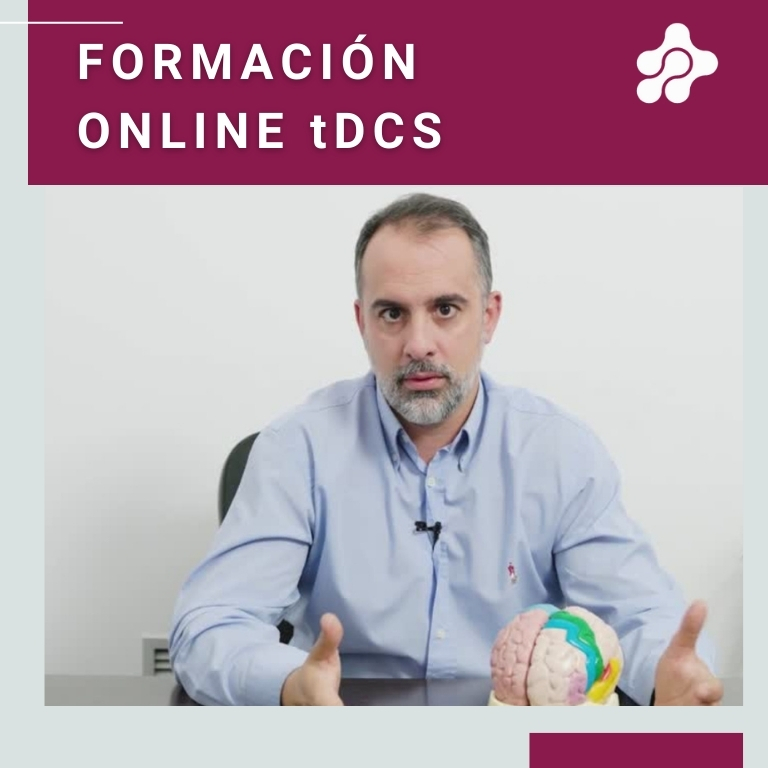Neurophysiology and Neurology
Techniques and therapies applied in the field of Neuroscience
Non-invasive brain neuromodulation is a technique that occupies a prominent place in neurophysiology and neurology clinics and units, both public and private.
Non-invasive brain neuromodulation has become a revolutionary technique in all of neuroscience. This methodology not only complements conventional treatments, but also significantly improves their results.
These techniques are transforming the treatment of various neurological conditions, based on scientific evidence, taking into account published studies and recent clinical experience.
Applications in Neurophysiology
In the field of neurophysiology, non-invasive brain neuromodulation is crucial for treating conditions such as chronic insomnia and epilepsy.
Recent studies have shown that the application of tDCS and TMS can significantly improve sleep quality in patients with chronic insomnia and those with insomnia resulting from major depression. In addition, these techniques help to control and reduce epilepsy episodes, thus improving the quality of life of patients.
Applications in Neurology
Neuromodulation also plays a vital role in neurology, especially in neurorehabilitation. Using electrical currents or magnetic fields, these techniques can strengthen neural connections near damaged areas of the brain, which is essential in the rehabilitation of patients after stroke and other forms of acquired brain injury (ABI).
Neuromodulation, combined with intensive rehabilitation, can help recover motor functions long after the acute phase.
Applications in Neuroscience What ailments can we treat using brain neuromodulation?
- Ictus
- Aphasia.
- Parkinson's
- Epilepsy

